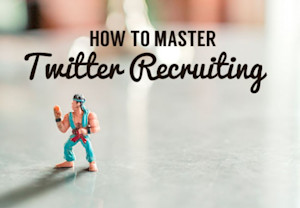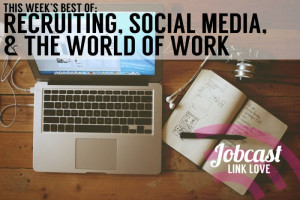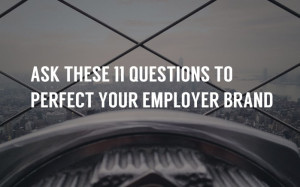March 2
It may not be as massive as Facebook, but there’s no denying that Twitter is a fantastic social recruiting platform. Twitter has 250 million active users.Twitter ranks second after Facebook as job seekers favourite social network.45% of job seekers use Twitter as a major part of their job search.8 million Americans have found a job using Twitter.Numbers aside, Twitter is the only network out of the big three that allows you to directly engage with users that you don’t already have a relationship with. In fact, Twitter chats encourage and facilitate complete strangers to come together, connect, and engage in discussion on topics of mutual interest. Engaging on Twitter is also more casual and unobtrusive than a cold call or emai…Read More





